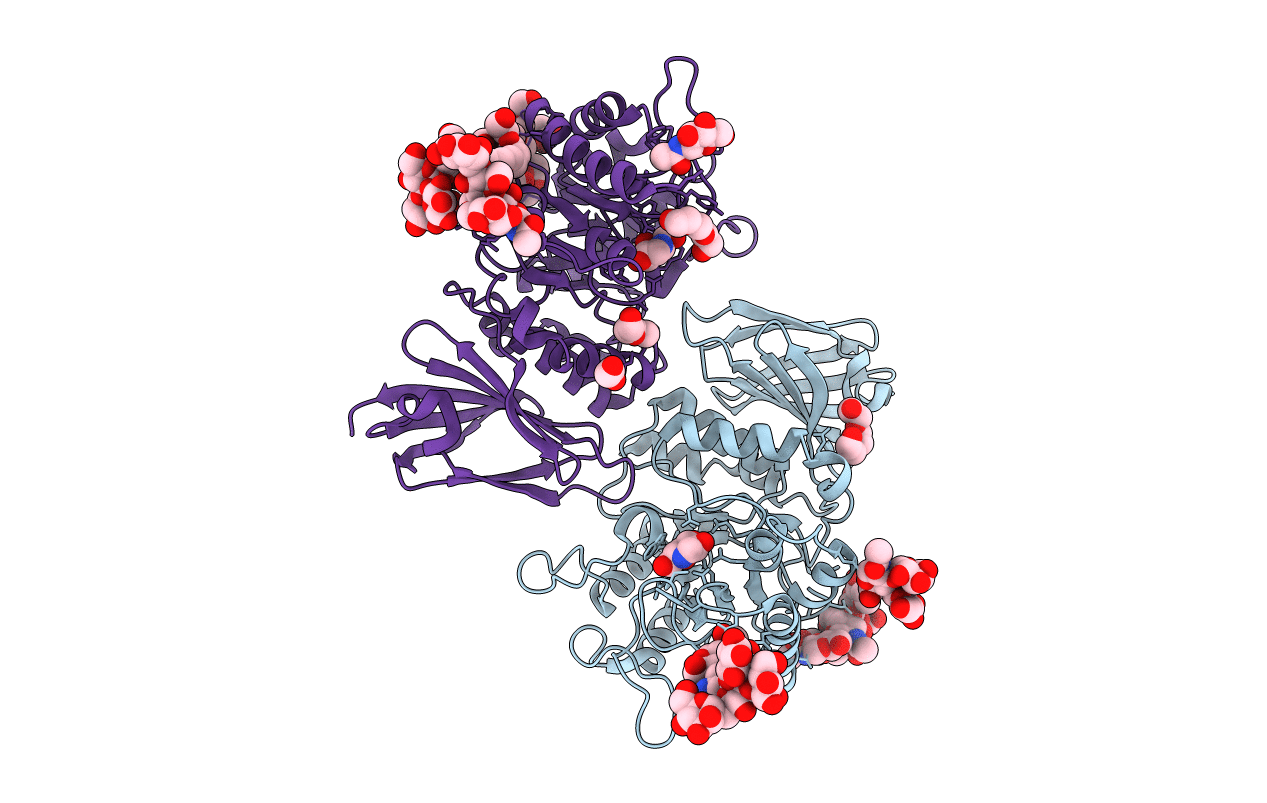
Deposition Date
2011-05-23
Release Date
2012-01-04
Last Version Date
2024-10-30
Entry Detail
PDB ID:
3S5Y
Keywords:
Title:
Pharmacological Chaperoning in Human alpha-Galactosidase
Biological Source:
Source Organism:
Homo sapiens (Taxon ID: 9606)
Host Organism:
Method Details:
Experimental Method:
Resolution:
2.11 Å
R-Value Free:
0.22
R-Value Work:
0.19
R-Value Observed:
0.19
Space Group:
P 21 21 2


